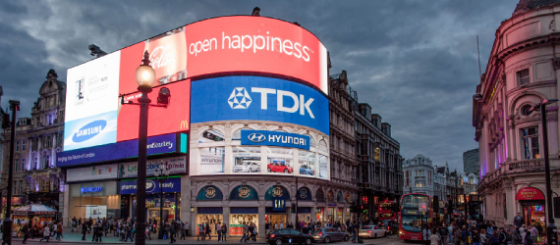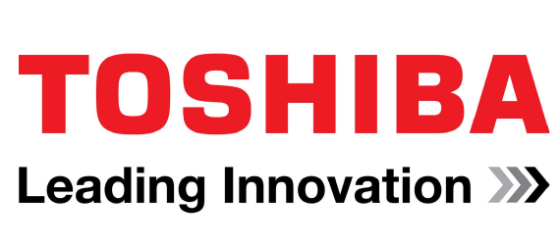Daniel Todaro, MD of field marketing agency Gekko, shares his views on what retailers and resellers can be doing to maximise their sales to students and universities.
The yearly appearance of autumn leaves signal two things for retailers: it marks the end of summer, but it also signals the annual back to school rush.
With children of all ages preparing for the new school or university year, thousands of parents will be charged with the task of effectively equipping their offspring with the equipment necessary to navigate the upcoming year. Recent research shows the back to school bill for the UK totals £1.3 billion alone, but to believe this investment is purely made in stationary and PE kit would be a grave mistake.
Following the school rush, thousands of teenagers will be making the pilgrimage back to university too; a journey that could not possibly be made without the latest technology. While the parents will be the ones inevitably opening their wallets, many are allowing their offspring to take increasing ownership over the purchase decision-making on high ticket electrical items. Now, more so than ever, it represents a significant opportunity for retailers and brands to drive sales.
This time of year is always accompanied by a surfeit of advertising targeting parents to make their purchases for the inevitable return to school. The effectiveness of this advertising is not in question but it cannot work in isolation. Advertising serves to drive customers through the door but it doesn’t necessarily guarantee that footfall will translate into much needed sales.
Without help, consumers will naturally gravitate towards value and promotions; which for brands can result little more than a sales roulette – particularly with frugal parents looking to limit their losses with their free-spending children.
The largest impact will inevitably be made at point of sale. However, like TV, this cannot act in isolation. What is crucial is a robust through-the-line marketing approach; a seamlessly joined up experience characterised by a strong narrative through the line, from the TV to the in store.
Having staff that are correctly trained to deliver the messages communicated in the advertising is pivotal. Staff should be able to communicate the messaging effectively and consistently; able to deal with any question. This human element is pivotal, and what many consumers visit the store for – the ability to have a real conversation with an expert and receive guidance in making a decision. After all, no one wants to speak to a robot(or buy the wrong product!).
Empathy is crucial, particularly in a category where consumers are not likely to be experts on the products and fearful of making the wrong choice and wasting money. However, compliance – which is often overlooked, is equally important. A brand may spend millions on artistic ATL, but this can be for nothing if the product and promotion is not displayed accurately in store.
Back to school is a gift to retailers, especially retailers specialising in technology. With a ready-made calendar hook to fuel footfall retail outlets need to put the work in only to convert this into sales. Retailers must ensure that they implement a through-the-line approach to convey a seamless message in-store where every available touch point is utilised to maintain the brand experience and drive sales with a higher average basket value.
Daniel Todaro is from field marketing agency Gekko
Read the full article at http://www.pcr-online.biz/news/read/opinion-marketing-key-to-capitalising-on-back-to-university-rush/032029



